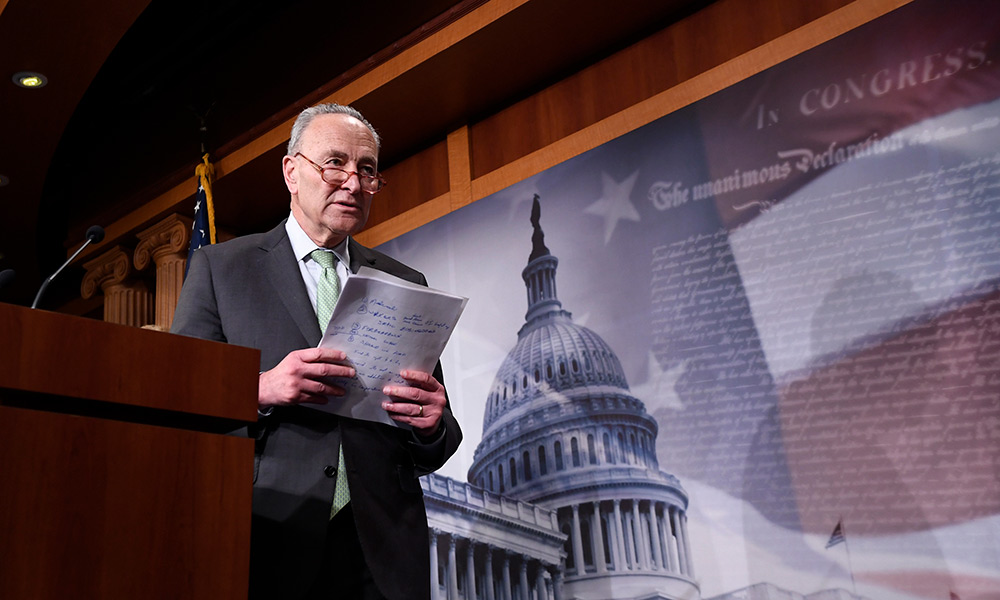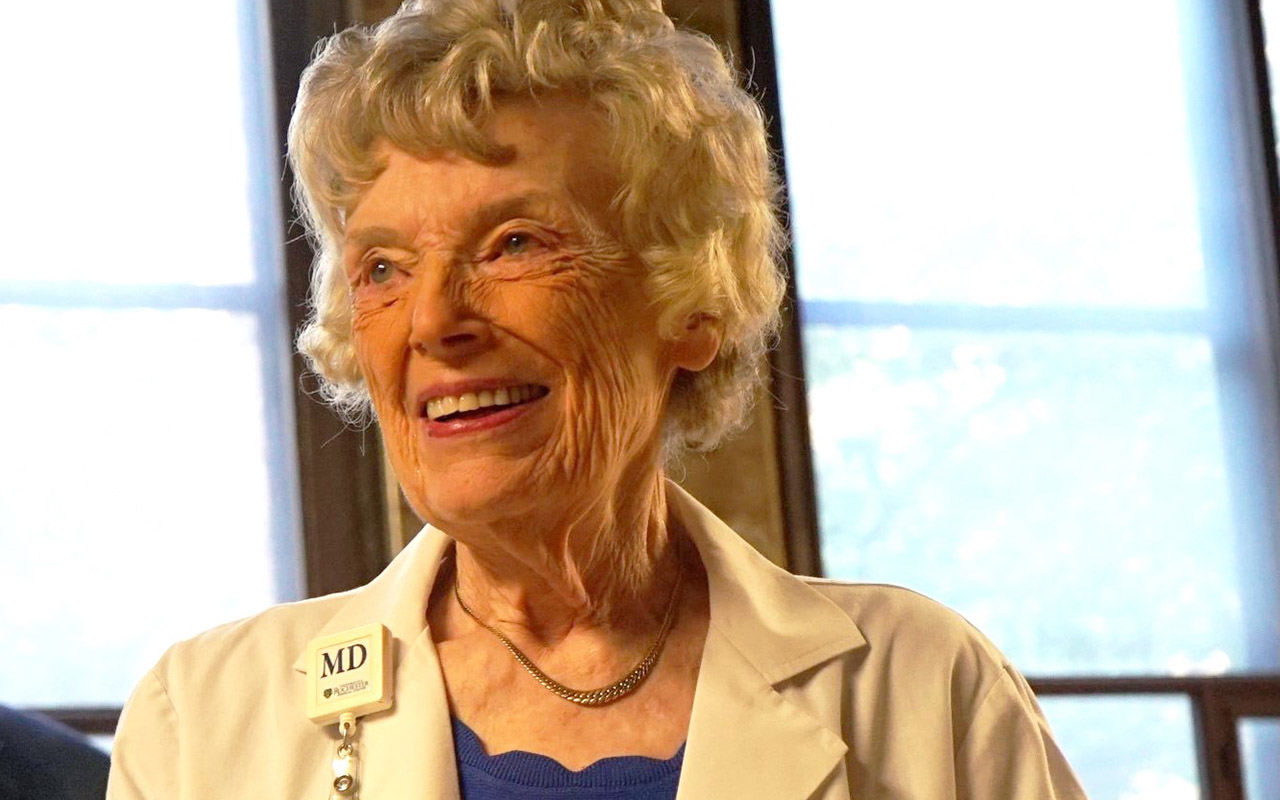The University of Rochester—and particularly the Medical Center—will receive important support from the $2 trillion recovery package approved by Congress and President Donald Trump last week.
Known by the acronym CARES—Coronavirus Aid, Relief, and Economic Security—the package is the largest of its kind in American history and third large-scale congressional effort in response to the novel coronavirus outbreak.
According to members of the University’s Office of Government and Community Relations, the package includes important relief for New York providers and higher education institutions, as the state deals with the country’s largest outbreak of coronavirus-related cases.
The federal package includes a $100 billion emergency fund for hospitals and health systems and provides relief from Medicare payments that affect the ability of health systems to manage their finances.
The legislation also includes nearly $31 billion in emergency education funding, of which almost $14 billion is provided to higher education, split evenly between students and institutions. In addition, the package suspends federal student loan payments, and interest collection is suspended for six months.
As Senate Minority Leader, Senator Charles Schumer was key in ensuring that funding and relief for New York’s health care providers, colleges and universities, researchers, and students were included.
“We are grateful to our Congressional delegation, particularly Senator Schumer for his leadership in the Senate, for their efforts to secure increased funding in the CARES Act for hospitals and higher education as we take the necessary actions to ensure the safety and wellbeing of our students, faculty, staff, patients, and community in this unprecedented time,” said Peter Robinson, Vice President of Government and Community Relations. “We also want to specially thank Senator Kirsten Gillibrand, Congressman Joe Morelle, and Congressman Tom Reed for their support as we navigate the COVID-19 pandemic and the significant and potentially long-term ramifications of this disruption to University operations.”
Among other University priorities, the legislation includes:
- $945 million for the National Institutes of Health (NIH);
- $99.5 million to the Department of Energy Office of Science, including funding for National Nuclear Security Administration-sponsored user facilities;
- $80 million for the Food and Drug Administration (FDA);
- $60 million for NASA;
- $76 million for the National Science Foundation (NSF);
- $150 million split between the National Endowment of the Humanities (NEH) and National Endowment for the Arts (NEA) to support institutions and state arts and humanities councils; and
<li<$50 million for the Institute for Museum and Library Services (IMLS).
Robinson said the University, along with partners like the American Hospital Association (AHA), the Association of American Medical Colleges (AAMC), the Association of American Universities (AAU), and the National Association of Independent Colleges and Universities (NAICU), continue to evaluate the legislation and its impact on institutions like Rochester.
Congress is expected to consider additional stimulus packages to aid the nation’s recovery.
“While we appreciate the funding included in the CARES Act, more is needed for students, researchers, universities, laboratories, hospitals, and medical professionals. We look forward to continuing to work with our Congressional delegation to safeguard the health, safety, and economic vitality of our communities and ensure the University is able to continue the important work we do in support of education, research, and health care,” Robinson said.




